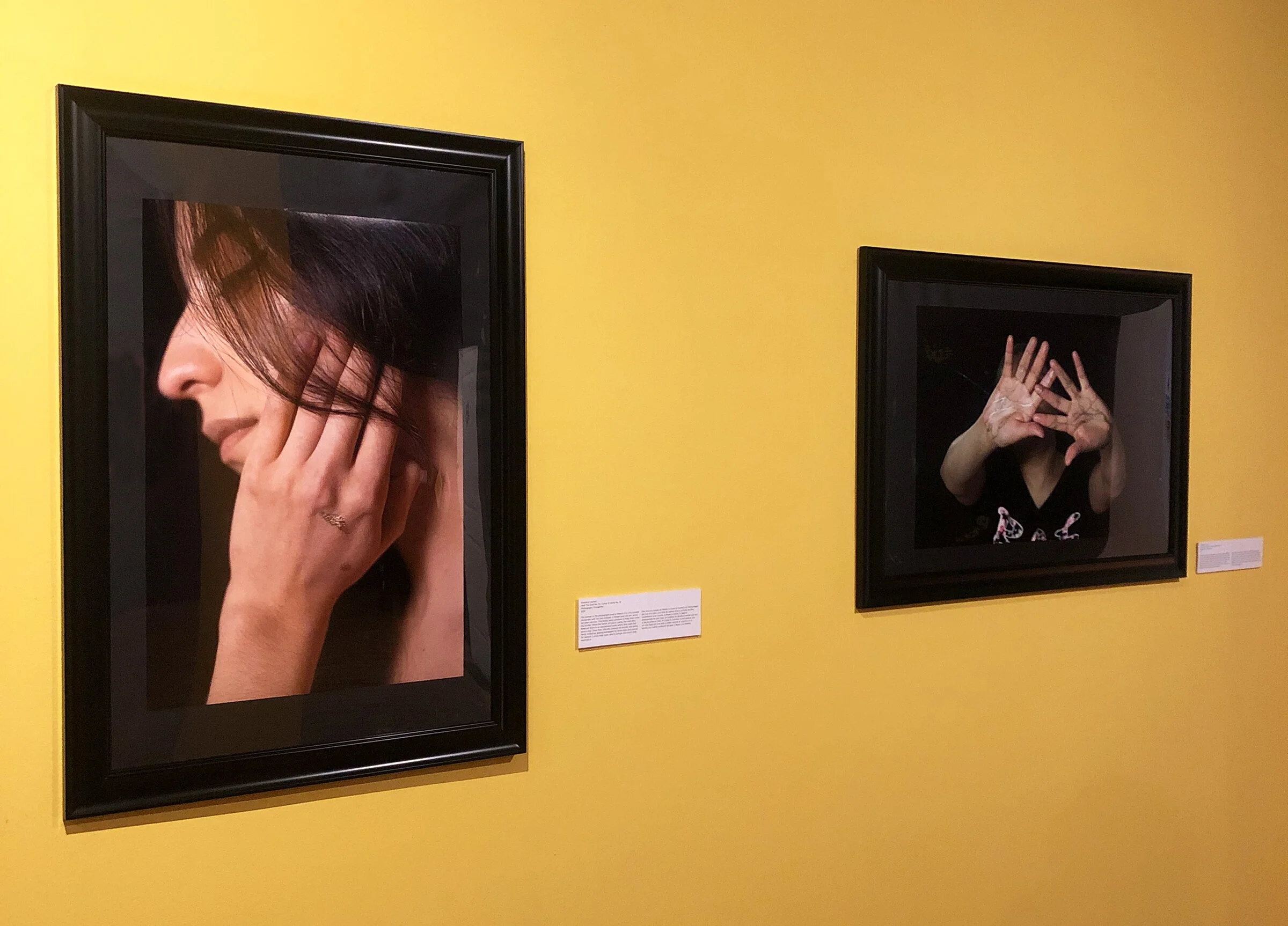As the title implies, Narkita Gold’s first professional body of work focuses on Denver’s Black community, primarily female. The artist pairs colorful photographic portraits with interviews in order to prioritize individual experiences while also highlighting the sometimes overlooked fact that Black people have always lived in Denver. Though there are a few well-known faces in the row of images, most of the women featured are ordinary Denverites. They are relatable, yet Gold elevates them to near-celebrity status by using a style of portraiture with an aristocratic presentation, revealing only the top half of the subject’s body and focusing on their face. Black in Denver is currently on view at History Colorado.
Welcome to DARIA: Denver Art Review, Inquiry, and Analysis, a publication devoted to art writing and criticism focused on the Denver-area visual art scene. DARIA seeks to promote diverse voices and artists while fostering critical dialogue around art.





















